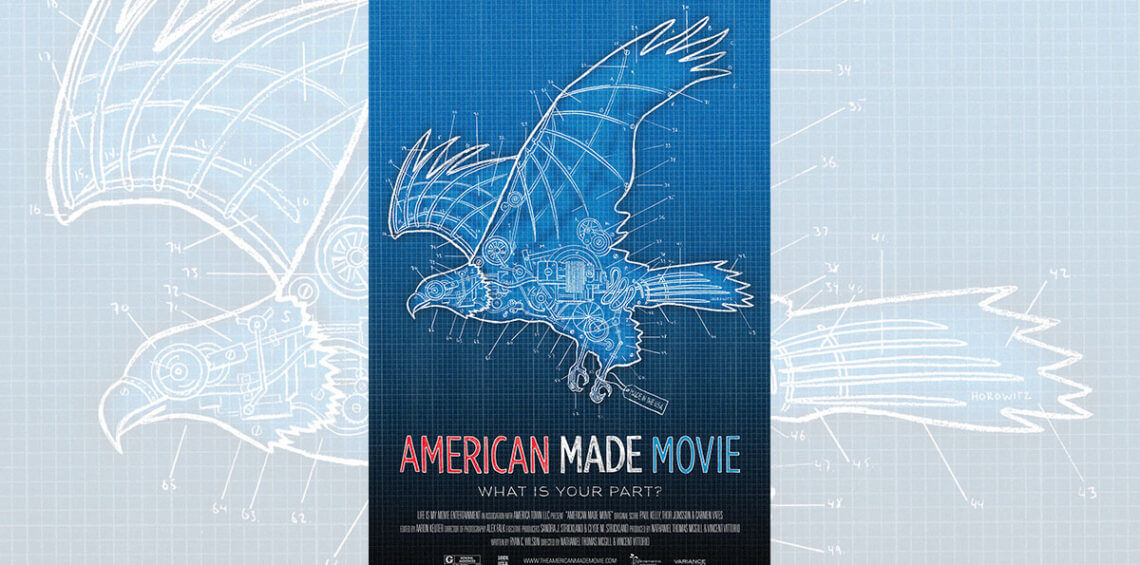
‘American Made’ Documentary Shows Importance of U.S. Manufacturing
Clyde Strickland left his hometown in Eastern North Carolina at age 16 and joined the military shortly after. After getting his GED, he went on to create Metro Waterproofing 30 years ago. During his time in the waterproofing business, he realized the importance of domestic craftsmanship and hard work. He later wrote a book about his path to the American dream titled What Can I Do? In 2013, he released a documentary that sheds light on America’s outsourcing problem and its effect on the American dream.
Released in 2013, American Made Movie takes us back to a time when U.S. manufacturing was a prime asset to the country’s success. Domestic manufacturing jobs were abundant and American factories were bustling with workers. There was a balanced relationship between the goods produced and consumed. These jobs that appeared during the Industrial Revolution essentially created the middle-class American.
Now, fast forward to the present year. Factories are abandoned and companies have moved production overseas. Millions of American middle-class workers have lost their jobs to the offshoring movement. The gradual outsourcing of jobs has resulted in a domino effect of unemployment and income disparity.
Offshoring from the U.S. has been happening for decades and the reasoning behind it is simple–money. It’s much cheaper to manufacture products in countries where wages are significantly lower than the U.S. Oftentimes, countries offer incentives for U.S. companies to move production–like reduced rates and training subsidies. While this may benefit the companies that move production overseas, it has an adverse effect on the U.S. economy.
Our economy has taken a hit as offshoring has gained momentum within the past 10 years. Along with many issues, the most prominent negative effect is U.S. unemployment. subsequently, the pressure of offshoring takes a toll on wages for American workers.
So, what can be done? The film features a few companies that are working towards a reshoring movement. Despite high pressure, these companies have continued to prosper without following the offshoring path of their competitors. They’re doing well for themselves and for the U.S. as a whole, and they’ve actually made some progress for the nation since the documentary came out. “Around the time that this movie came out 5 years ago, you couldn’t find anything on the shelf that was made in America,but today it’s much easier” said Strickland. “Of course, we still have a long way to go.”
While there are possible financial benefits to manufacturing overseas, it may not be worth the money saved. As China and other large manufacturing countries continue to become popular offshoring destinations, the price of production will increase overseas as well. Then, companies will be compromising the quality and integrity of their products for a very small difference in profit. The documentary highlights that domestic manufacturing is critical to the long-term health of the country. As more countries join the reshoring initiative, unemployment will continue to drop. This will consequently improve income inequality and help balance trade and budget deficits.
“As a nation, we watched the rise and fall of manufacturing. It’s about time we rise again–failure is not an option.” – Mark Andol, The Made In America Store and featured in the film.
To watch this movie, visit: https://theamericanmademovie.com/
All content of this page provided by www.madeinamerica.com. Check out their website for many more stories of American manufacturing might.

